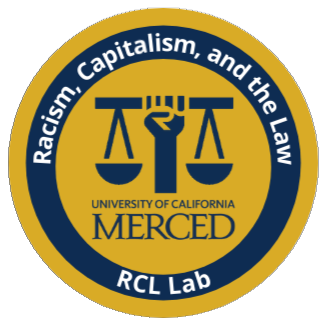Are predictions that Hispanics will make up 25 per cent of the US population in 2050 reliable? The authors of this paper argue that these and other predictions are problematic insofar as they do not account for the volatile nature of Latino racial and ethnic identifications. In this light, the authors propose a theoretical framework that can be used to predict Latinos’ and Latinas’ racial choices. This framework is tested using two distinct datasets – the 1989 Latino National Political Survey and the 2002 National Survey of Latinos. The results from the analyses of both of these surveys lend credence to the authors’ claims that Latinas’ and Latinos’ skin colour and experiences of discrimination affect whether people from Latin America and their descendants who live in the US will choose to identify racially as black, white or Latina/o.
Publications by Year: 2006
2006
Golash-Boza T. Dropping the Hyphen? Becoming Latino (a)-American through Racialized Assimilation. Social Forces. 2006;85(1):27–55.
Golash-Boza T. Assessing the Advantages of Bilingualism for the Children of Immigrants. International Migration Review. 2006;39(3):721–753.
This article responds to the current academic debate on the advantages of bilingualism to the children of immigrants in the United States. The author utilizes data from the 1992–1993 and 1995–1996 Children of Immi rants Longitudinal Study to estimate the effects of bilingualism on efucational outcomes. In contrast to a recent study, the author rovides conclusive evidence that there are advantages to bilingualism beyond the functional ability to communicate with one’s parents. The author also provides evidence that demonstrates that bilingualism is only advantageous in those communities with low levels of English proficiency and high levels of resources and networks.

